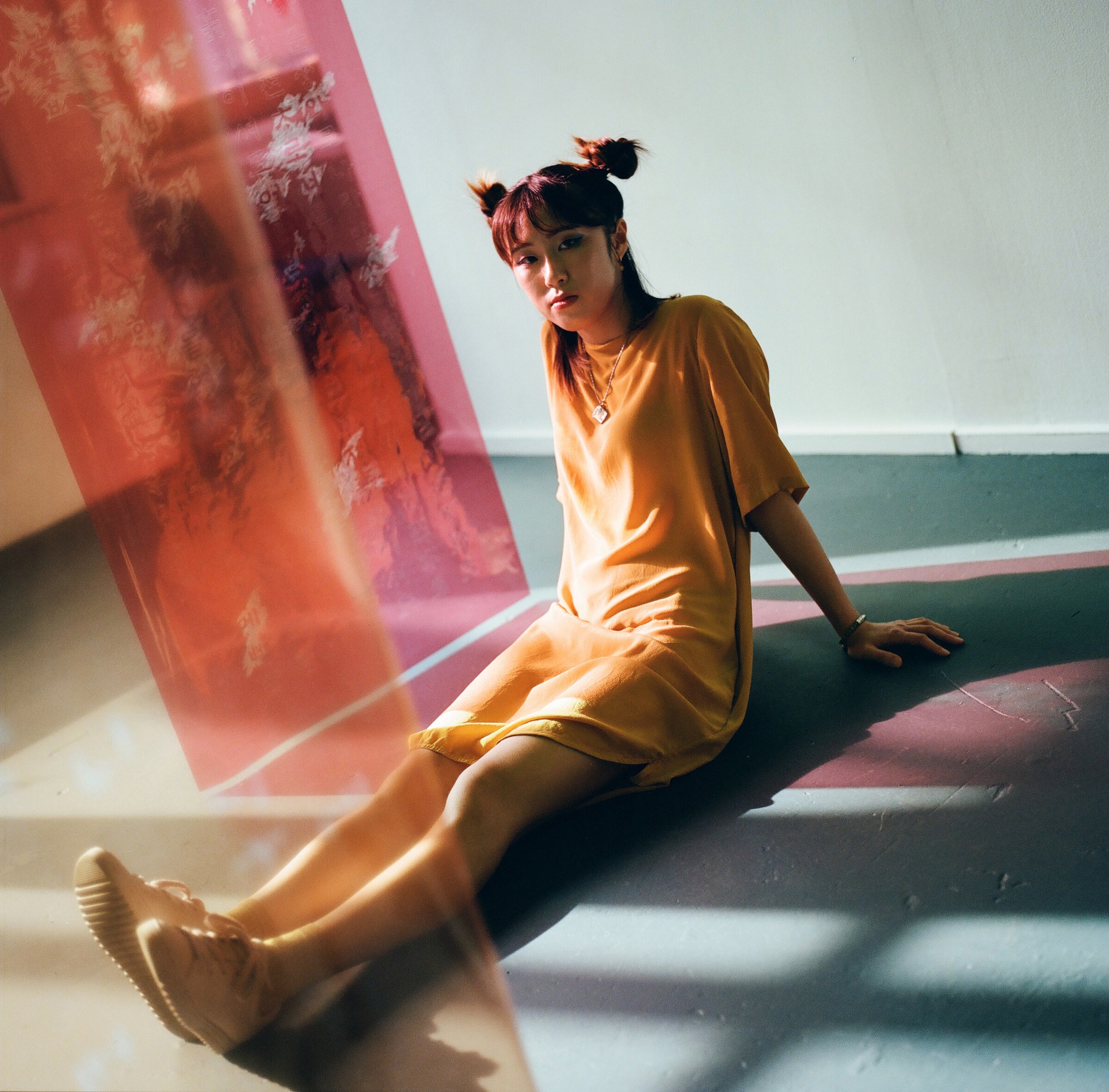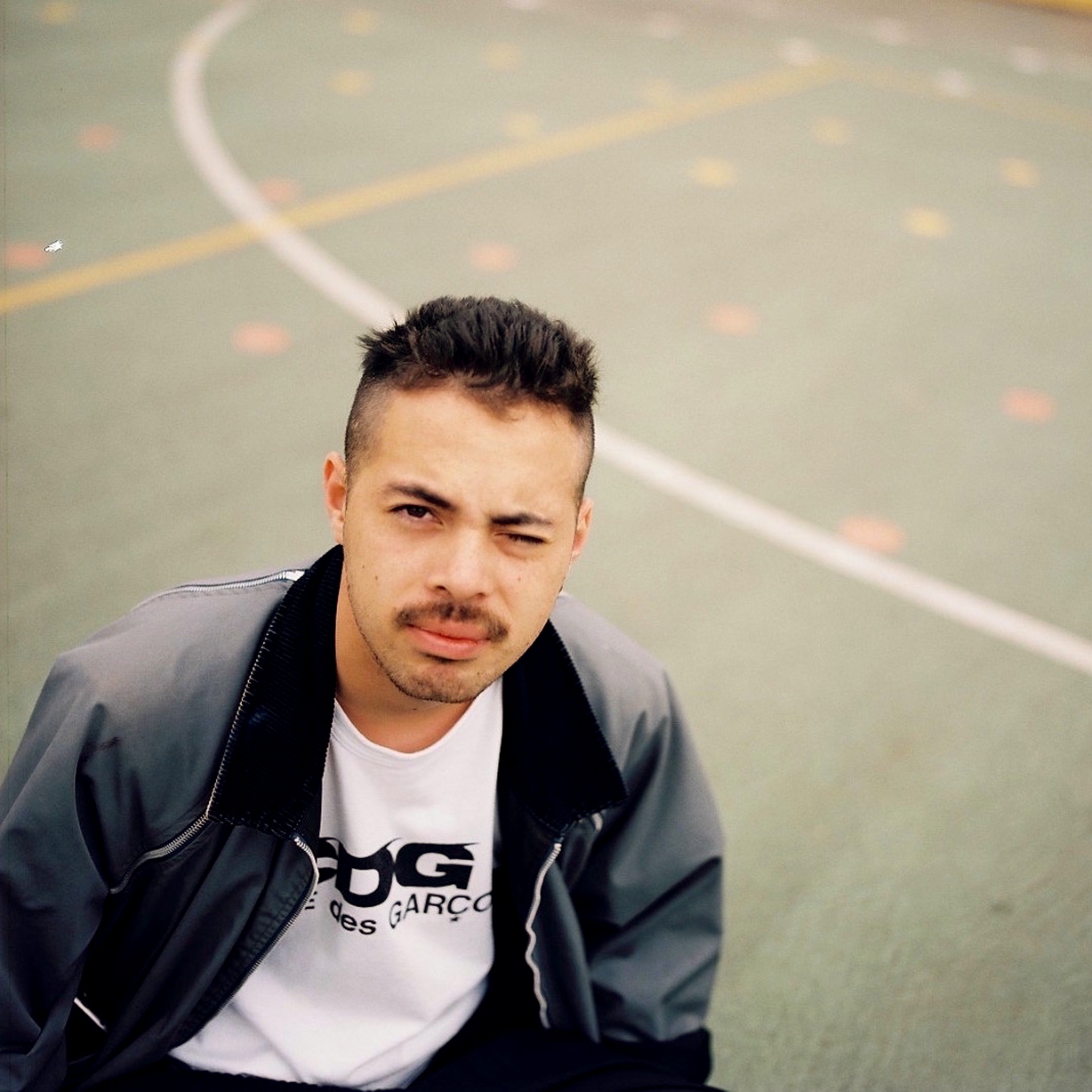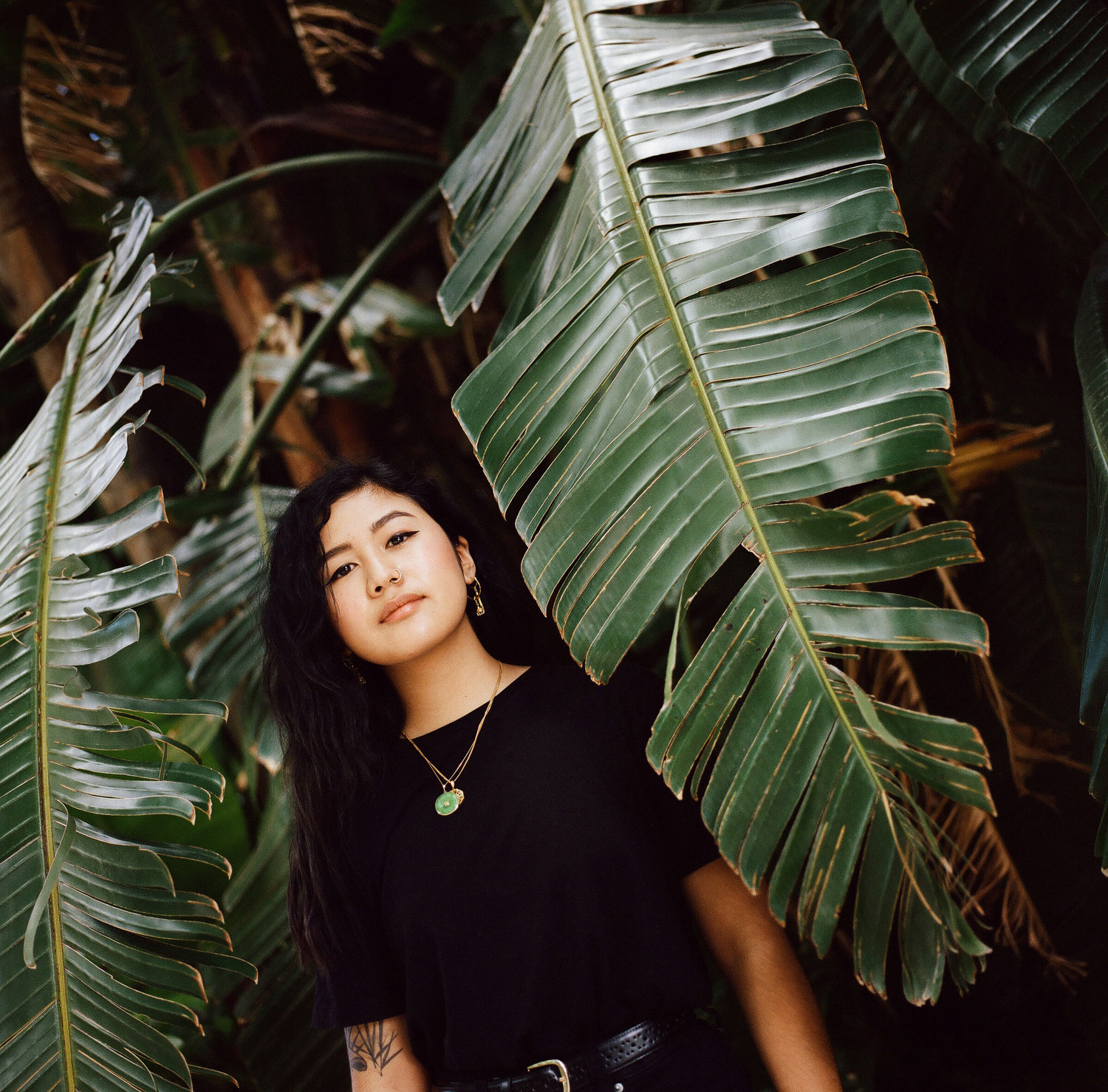I’ve long kept a list of Asian figures who have appeared in Australia’s public eye. My list first existed as a mental note, then as an elaborate Word doc with a breakdown of Asian-Australian actors, presenters, writers, chefs, artists, TV doctors, musicians and journalists. I worried that if I didn’t write down their names, their ideas and impact might be lost.
At some point last year, I stopped updating the list. I looked around and noticed that other PoC and Asian-Australians were doing something vastly better than my fastidious, private record keeping — they were publicly documenting, celebrating and interrogating Asian-Australianness. There was Beverley Wang’s ABC podcast, It’s Not A Race, musician Nkechi Anele and her friend Lucie Cutting’s website for conversations, The Pin, and then Liminal, an online publication started in late 2016, dedicated to long form interviews with Asian-Australians and accompanied by glorious, medium-format photos of its subjects.

Like many other PoC, I spend a lot of time observing the way mainstream media talk to and about us. We are often called up to talk about our experiences of racism, to confirm or deny an instance of racism in popular culture, or to sell a narrative of refugee/immigrant hardship and gratitude. As someone who gets to make media, even I am guilty of demanding these particular stories. And it’s not that these experiences are untrue or invalid, it’s that trauma is not the entire story.
“I knew there were Asian-Australians who were so much more than their trauma, but were underestimated, under acknowledged,” says writer and photographer Leah Jing, Liminal’s founder and editor. Leah cites writer Jenny Zhang’s essay ‘They pretend to be us while pretending we don’t exist’ — a critique of trauma as the dominant Asian narrative — as one of her motivations for starting Liminal. “I took Zhang’s request that we start ‘exposing each other’s excellence’ as a call to action,” she says. “Honestly, I just am interested in showcasing the multitude of Asian-Australian excellence in all of its capacities and complexities: a cacophony.”
Liminal shines because it allows its subjects — often young artists, activists, writers, creatives and other multi-hyphenates — to drive the conversation. Subjects are asked to set the topic of discussion and are given the necessary room to “unpack their thoughts”, speaking about their passions, achievements and uncertainties. It is a radical move when you consider the rarity of media spaces where PoC are given the power to define themselves with this level of nuance. “Asian-Australians have been silenced and erased for so long that to get this visibility right is really important to me,” Leah says.

When it comes to shooting images for profiles, Leah’s process is similarly collaborative, calling on subjects to choose locations and spaces in which they feel most comfortable. Her shooting style aims to “subtly disrupt” the white gaze on Asian bodies. Shooting from the hip, Leah points her camera up toward the subject in a form of visual reverence. “Within the gallery space, we’re always looking up at busts of dead white men,” she says. “Why not shift the subject matter to people who aren’t aggrandised, but instead erased from these spaces?”
While actively documenting and exploring the Asian-Australian experience, Liminal also implicitly asks us to question just who Asian-Australians are, what they look like and where they come from. It is important to Leah, to “challenge both white and Asian-Australia’s definition of ‘Asian-Australian'” and to “expand what ‘Asian’ means”, especially with people who aren’t traditionally considered ‘Asian’ in Australia.
Australia’s stereotypical image of an Asian person is likely someone of East Asian appearance. Liminal quietly reshapes this, photographing and interviewing subjects not only of East Asian descent but South Asian, South-East Asian, West Asian and mixed-race heritage. The project paints a multifaceted and diverse picture of what it means to be Asian in Australia. Some subjects, such as arts producer Naomi Velaphi, do not directly identify with the term ‘Asian-Australian’, while others like poet Omar Sakr are only just coming to embrace the descriptor of ‘West Asian’.

So why further complicate the notion of Asianness? Upon dissection, ‘Asian’ is merely a Western concept of otherness, lumping together diverse cultures and landscapes. “It becomes something very close to a politically correct term for ‘Oriental’, which is just a political concept created by the West,” Leah says. On the other hand, embracing the term, while also expanding the umbrella of Asianess, is a useful way to foster a coalition. “Regardless of how easy it is to deconstruct, it’s an important coalition we need to foster and uplift, in order to start deconstructing and dismantling white supremacy.”
When Leah first conceptualised Liminal, she imagined it as a capsule of 20 interviews. Nearly 40 interviews past that target, with two events done and dusted, and a print edition in the works, there’s no plan to stop. “I think the small way in which I viewed [Liminal] speaks to the strange year of 2016, in that I was deeply uncertain as to how Liminal would be received. We’d just weathered Brexit and Trump, the re-election of Pauline Hanson was another thing that particularly stung; I couldn’t tell if Liminal would be received well, or at all,” Leah says. “But with such a strong response, it gave me the ability to see the project as it truly is: something that feels very necessary.”
